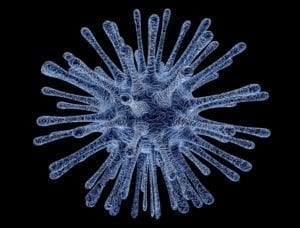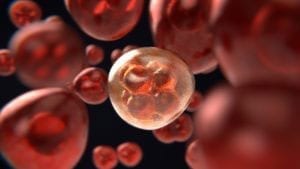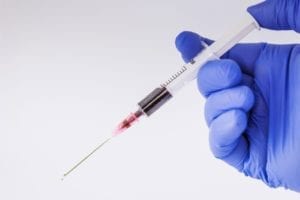Secondary Hemophagocytic Lymphohistiocytosis (HLH)
What is Secondary Hemophagocytic lymphohistiocytosis?
Secondary Hemophagocytic lymphohistiocytosis (Secondary HLH), is a condition in which the body overproduces too activated immune cells (lymphocytes). The body also produces an abundance of immune system proteins called cytokines. This overactive immune system results in fever, and may damage or enlarge organs such as the spleen and liver.
Secondary HLH differs from Primary HLH mainly in the manner by which it is acquired. Secondary HLH often occurs without family history of the condition, and is a result of certain vaccines, infections, or underlying diseases.
What are the symptoms of Secondary Hemophagocytic lymphohistiocytosis?
Symptoms of Secondary Hemophagocytic lymphohistiocytosis are similar to those of Primary HLH. As such, the two conditions may be mistaken for each other at times. Typically, secondary HLH has a later onset than the Primary form. Common symptoms include:
- Fever
- Enlarged liver, spleen, and lymph nodes
- Difficulties breathing
- Abnormal kidney function
- Skin rash
- Heart problems
- Easy bruising
- Abnormal bleeding
- Increased cancer risk
What causes Secondary Hemophagocytic lymphohistiocytosis?
Secondary Hemophagocytic lymphohistiocytosis may be caused by infections (such as with the Epstein-Barr virus, cytomegalovirus, or herpes), certain autoimmune disorders and cancers, as well as some vaccinations. The mechanism by which this occurs is not yet fully understood. Secondary HLH almost always occurs in adults whereas Primary HLH almost always occurs in children.
How is Secondary Hemophagocytic lymphohistiocytosis diagnosed?
Secondary Hemophagocytic lymphohistiocytosis may be diagnosed through genetic testing. This can be used to identify the mutated genes involved in causing the condition.
Another diagnostic method used with HLH is to check for five of the eight following symptoms.
- Fever
- enlarged spleen
- low blood cell count
- increased levels of triglycerides, and decreased fibrinogen levels in blood
- Hemophagocytosis on bone marrow, spleen, or lymph node biopsy
- NK cell activity is diminished or absent
- High concentration of ferritin in the blood
- Elevated blood levels of CD25
Using only presenting symptoms, however, it is difficult to determine between Primary and Secondary HLH. As such, experts recommend genetic testing in addition to pursue the best treatment plan.
What are the treatments for Secondary Hemophagocytic lymphohistiocytosis?
Common treatments for Secondary HLH may include chemotherapy, immunotherapy, steroids, antibiotics, and antiviral medications. In some cases, a stem-cell transplant may be necessary to treat the condition effectively. In some cases, however, Secondary HLH resolves spontaneously, vanishing for no apparent reason. In other cases, it may be treated by curing the underlying disease and chemotherapy is not required. Treatment is best informed by an accurate diagnosis, understanding the cause and severity of a person’s condition.
Where can I Learn More About Secondary Hemophagocytic lymphohistiocytosis?
Secondary Hemophagocytic Lymphohistiocytosis HLH Articles



Bone Marrow Registry Drive to Find a Match for Teen With HLH

New Recommendations for the Diagnosis and Treatment of MAS, HLH, Interferonopathies

Rheumatologists Could Play an Important Role in Fighting COVID-19
-300x300.png)
ESPN Reporter Edward Aschoff Died On Christmas Eve, His 34th Birthday, of a Rare Disease

A Recent Discovery Could Make Cancer Treatments More Effective







